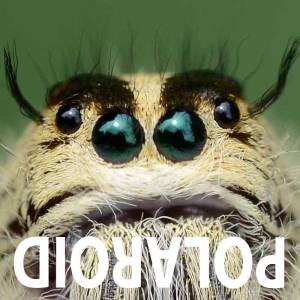Spiky Ant queen
Polyrhachis
All this rain that is falling seems to have triggered the breeding cycle of the ants. The new queens head for the moon and mate on the wing. Once mated, the males die. The females shed their wings, dig a hole and start laying eggs.
It amazes me how all the nests of a particular species know when to fly. I haven't found an explanation in research. My personal theory is that it is a pheromone thing. Pheromones are released in small quantities by the new females. When the mixture of pheromones from the different nests reaches a certain level, the males and females take to the air and release large amounts of pheromones. This in turn triggers other nests and more pheromones etc. Just my theory but it makes sense.
I found this solitary queen ant 7am this morning. She was writhing around quite disturbingly, scraping at her wings with her hind pair of legs. I presume she is trying to break off the wings so that she can get on with the next stage of digging a nest hole.
It seemed very strange seeing this ant with wings, as I have been watching this species on a daily basis, even though I have not yet blipped it. One feature that really stuck out on this queen was the group of three ocelli or simple eyes between the two main compound eyes. If you go large, you can just about see two small lumps above and slightly behind the main eye.
I checked back through my collection of ant images and didn't see any ocelli, so presumed that this was unique to the flying queens and males, ocelli being a common feature of nearly all flying insects. But, research tells me that nearly all ants have ocelli, they are just not as prominent as an the flying ants.
I discussed ocelli last month (10th October 2012) specifically with regard to dragonflies. A lot of scientific research has been going on with ants and it has been established that ants use the ocelli to record celestial positioning information like the sun. This information is used in conjunction with the compound eyes, used for recording terrestrial information and a step count to measure distance. I thought it was all about chemical trails, but apparently not!
It would have been easy to put up a nice damsel fly image or a gruesome spider shot, as judging from feedback, these are the kind of shots that you like. But I am trying to bring you a little more than just a pretty picture. Although perhaps not the most aesthetically pleasing of bugs, ants certainly are fascinating and at least give me something to write about! There will be more from this ant species in the future for sure.
Dave
- 16
- 2
- Nikon D7000
- f/4.5
- 105mm
- 400

Comments
Sign in or get an account to comment.


